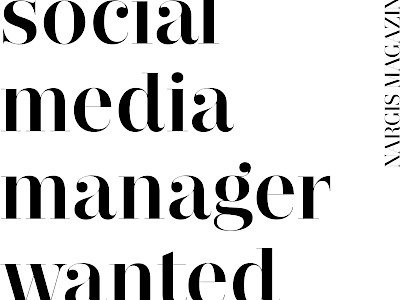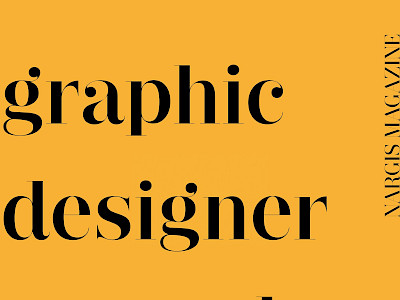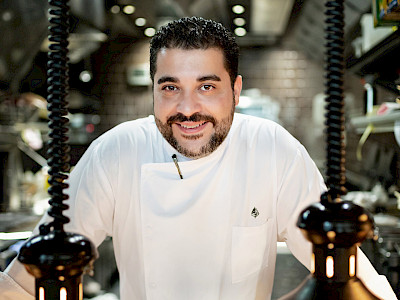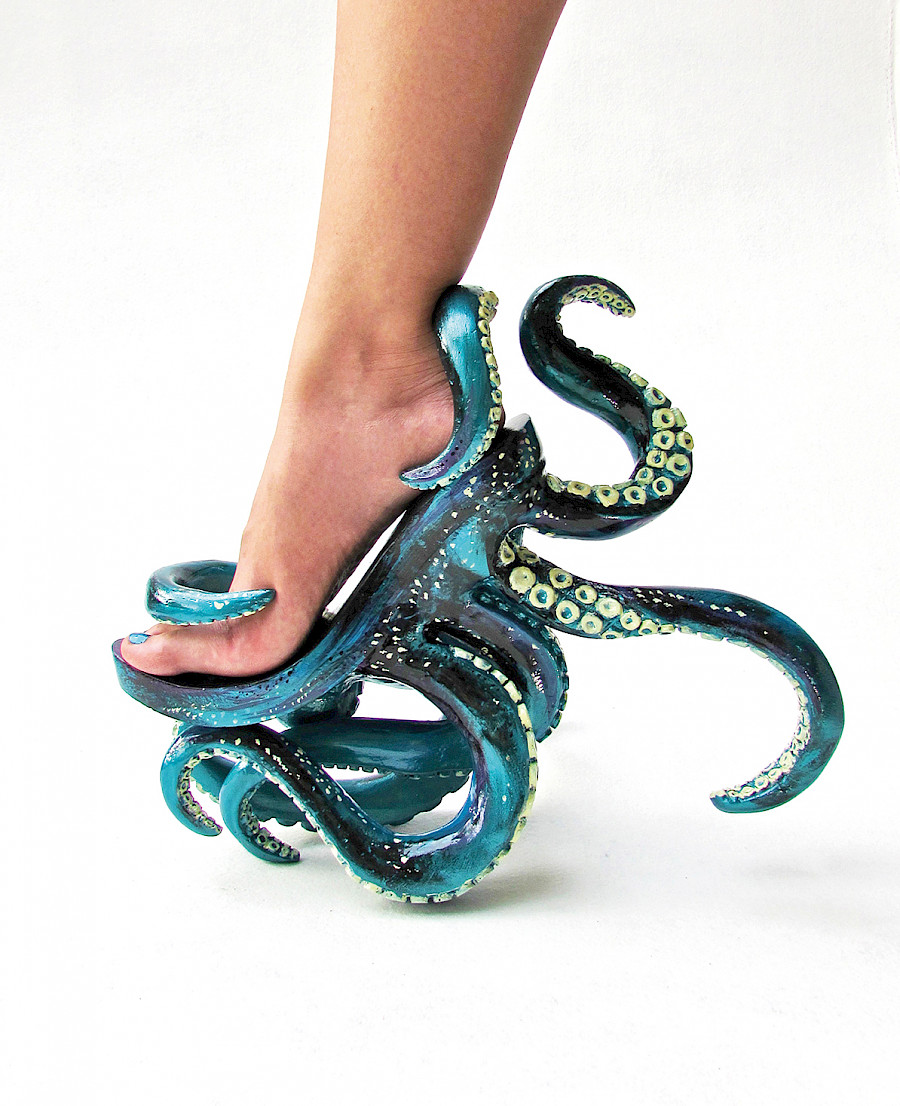
Fashion doesn’t always mean wearable. Sometimes, it’s a statement, an art piece, or a story. Kermit Tesoro proved it could be either and both. The Filipino visual, installation and fashion designer is mainly known for his bizarre and elaborate high heels, which aren’t always objectively practical. Nevertheless, even before he studied fashion design at the university of the arts London Central Saint Martins, he captured the heart of Lady Gaga. So much in fact that the designer’s work was featured in Gaga’s gilt collection. The designer focuses on showcasing inner conflict and human impulses in his work. We spoke with Kermit Tesoro about his
complex designs and the intricacies of his creative process.

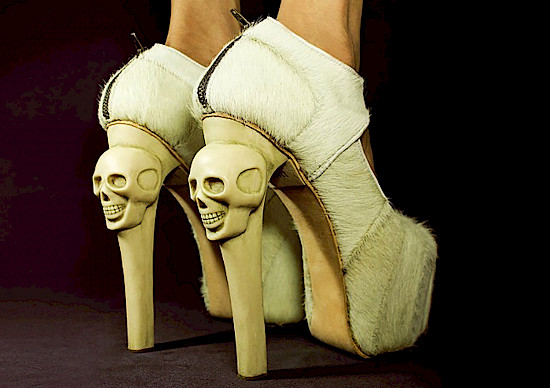
When did you start your fashion business, and why?
It started from sheer college enthusiasm. At that time, I was so charged with creativity, like everybody else in that department. I was learning the process and could access materials by either being resourceful or tapping local manufacturers to make things less complicated, as well as producing prototypes professionally. So it isn’t really a proper business, it's more of investing a lot, material-wise, make something out of it and show it to the world. The business is created when an outside party starts an inquiry.
Tell us about footwear design, what does it entail and why did you choose to pursue it?
That’s actually the biggest misconception about my ‘brand’, if I may say so. The truth is, it all stemmed from making articles of experimental clothing and body installations that would eventually be exhibited in a fashion show. So, the idea of the shoe design was either independent, which often resulted in a non-conforming aesthetic, or, since I’ve had a series of fashion shows, I wanted to have a cohesive look for an ensemble, so I’ve incorporated it with whatever theme I was inspired by. Basically, the shoe serves as the clothing’s exclamation point.
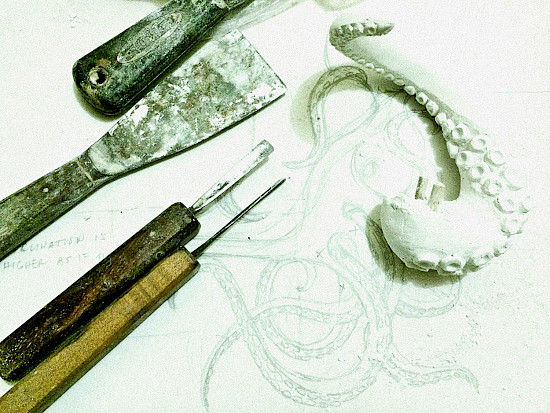
Walk us through your creative process and your source of inspiration.
There’s a lot of things going on during this process. It starts with an idea, maybe from my childhood curiosities, my fetishes, recent fixations, newfound obsessions, or new information about something. Then I just let the idea marinate in my head until I arrive at my eureka moment. That’s when I would start making drafts or weird sketches, even on random paper or cardboard. I collate these drawings and finalise the form. I am not usually faithful to what I have ‘finalised’, because the subsequent events would definitely modify and refine the details once I start building or assembling them with the chosen materials. Which, by the way, takes a lot of time and energy. Just the feasibility of whether the selected material is workable or not. Usually, it’s 50% technical stuff, and the other half would be the creative freedom.
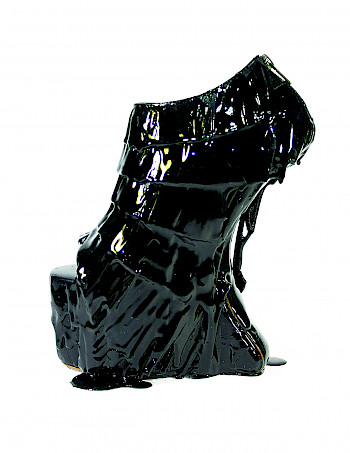
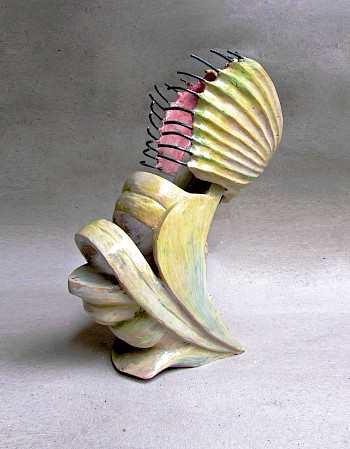
How creative can you be with the design and still have a functional shoe?
Honestly, when I make a shoe design that only illustrates a story, it is not often functional. However, if it reflects an idea that provides functionality, then I have to work around the anatomically correct form, which, of course, is just a tad bit reserved in comparison.
How long does it take you to design one pair of shoes?
If the shoes are part of a collection, then the production would be easier since my canvas would be the shoe form itself, and the rest would be material manipulation, including other topical additions. This is relatively faster than my exhibit pieces that went through extremely demanding circumstances, from difficulty in achieving the form I want to just grueling procrastination. More like giving birth, I think.
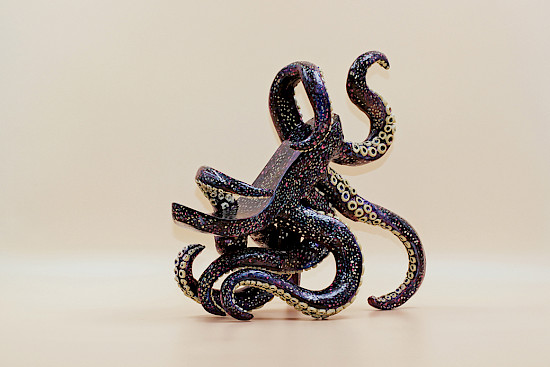
How do you work on more intricate designs?
Basically, the more intricate the design, the more time I am spacing out when working on something, which is not advisable because it is pretty common for people when you have tunnel vision. You forget to drink, eat, or even sleep.
What is your favourite fabric or material to use when creating shoes?
It’s endless. I’ve worked with ordinary materials, such as leather and some non-cellulosic alternatives, then shifted to sustainable materials like ocean plastic, ceramic, or even discarded human bones.
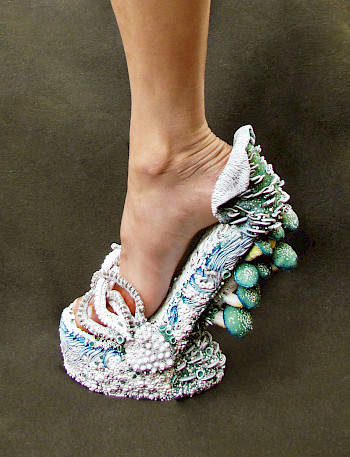
Do you view your designs more as art pieces or wearable products?
Well, it depends on which design. Because some pieces are meant to be viewed under scrutiny, and some are surprisingly meant to be worn, but maybe not when going to church.
What are you working on right now?
I am working on a new piece which is somewhat a spin-off of my Polypodis. How important is footwear in an outfit, in your opinion? It is crucial, regardless of my designs or even fashion itself, just having the right shoe for the right event makes a big difference. As long as you are comfortable (or maybe not), sport it!
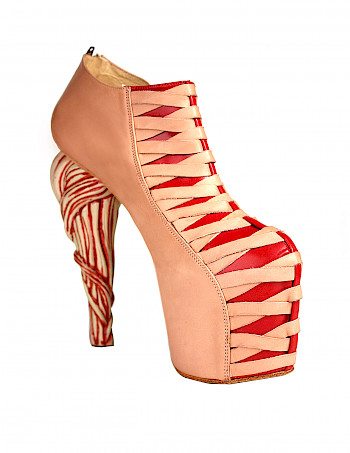
Do you plan to create a new collection with outfits as well as footwear?
I am currently working on it, so I’m going through such a process right now.
Which fashion designer inspires you the most?
I haven’t been paying attention to who’s who these days. But during my developing years as an art student, I was inspired by street culture, the midnight rock gigs in Manila, 90’s anime, and was introduced to the works of Westwood, Galliano, McQueen, and costume designer Eiko Ishioka.
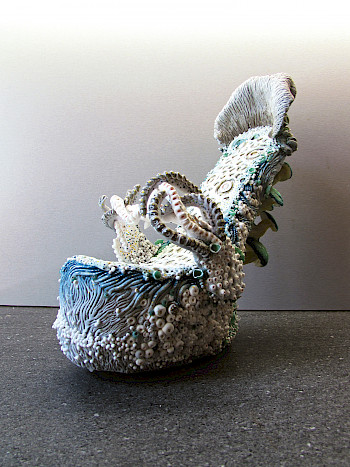
How have your designs changed over the years?
A lot. My juvenile tendencies defined those early designs. As you grow older and become immersed in many institutions specialising in shoe history, you can grip where you stand as a designer. There’s a sense of understanding about what next design suits your inclinations.
Were there significant setbacks in your journey in this industry?
Definitely, time itself is unpredictable. When I released my early designs, I wasn’t prepared for the feedback and how to address random inquiries from people because producing a lot of pieces and then selling them wasn’t on my horizon. I wasn’t expecting people to buy or even show interest. But now I’m getting help in that department. Moreover, separating myself from the industry and not being concerned about the capital and competition within the industry’s cutthroat business is easier for me.
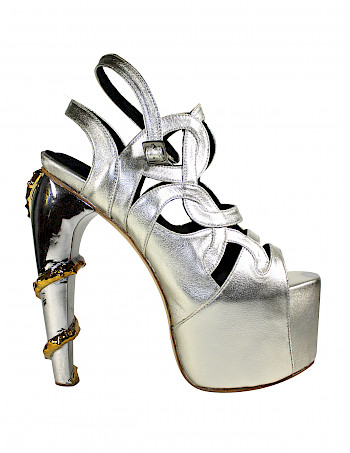
What advice do you have for someone who wants to become a footwear designer?
Understand your identity because most inspirations and references are innate, you just have to let it all out without doubts and inhibitions. Results vary, but they’re as unique as you are. Capitalise it.

